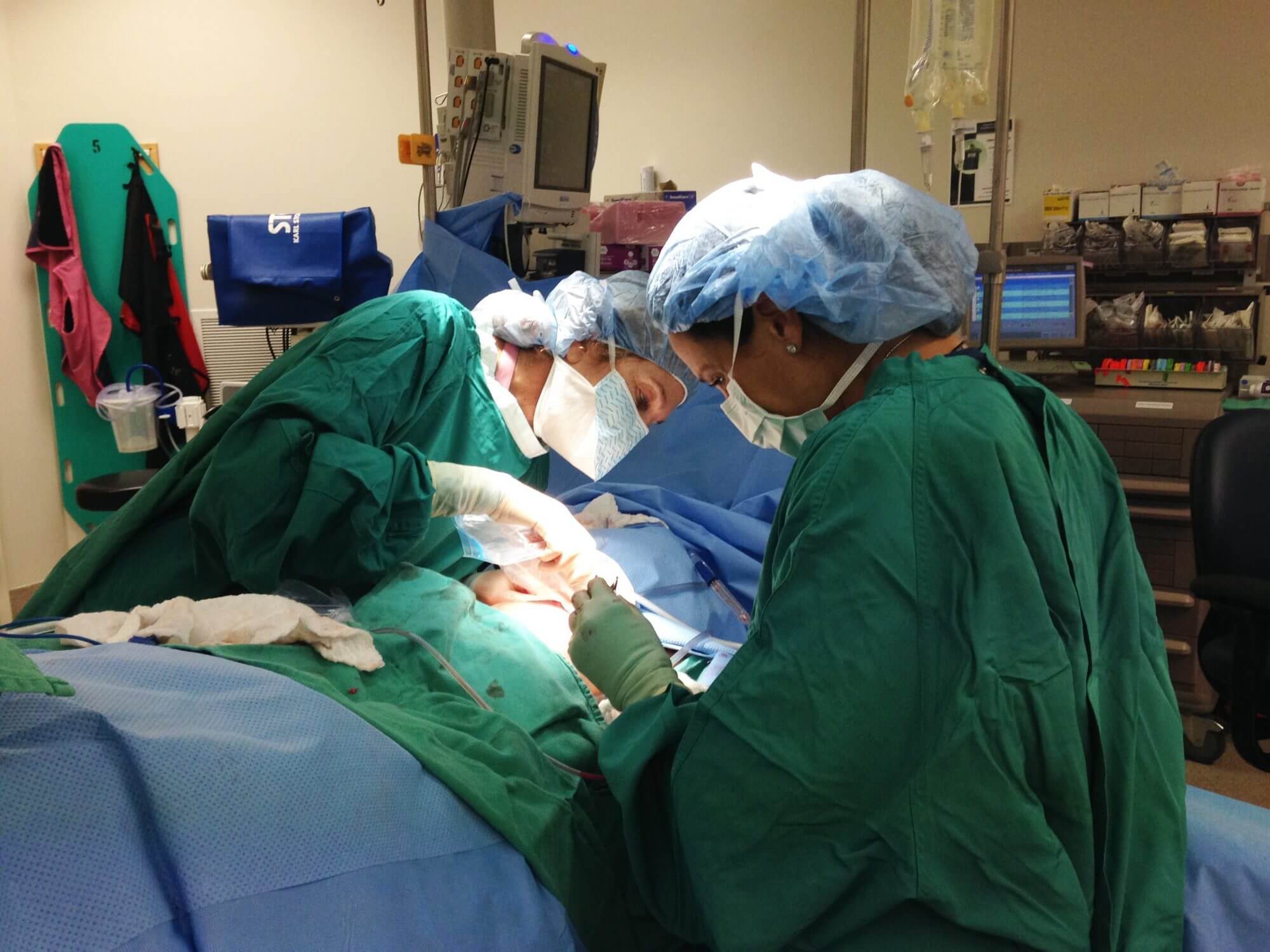eSSe Plastic Surgery Enrolling Patients in
Study of New Tissue Expansion Method for Women
Undergoing Breast Reconstruction after Mastectomy
Remote-controlled, needle-free, tissue expansion system may offer alternative to traditional saline tissue expansion
Ft. Lauderdale, Fl. – October 28, 2014 – eSSe Plastic Surgery is enrolling mastectomy patients into a clinical study designed to evaluate a new tissue expansion method for those who choose to undergo breast reconstruction. This randomized, controlled clinical study is designed to directly compare the outcomes of the traditional saline tissue expansion method to an investigational, remote-controlled, needle-free, carbon dioxide-based tissue expansion system known as The AeroForm™ Patient Controlled Tissue Expander System.
Tissue expansion is a process required to stretch the skin and tissue at the site of a mastectomy so that a standard saline or silicone breast implant can be placed.
“Traditionally, women undergoing breast reconstruction have had to endure a long process of inconvenient and often painful weekly inflations using conventional saline expanders to create a pocket for a standard implant following a mastectomy,” said Tracey Stokes MD, a breast plastic surgeon with eSSe Plastic Surgery. “This investigational system eliminates the need for saline injections by allowing the patient to trigger the release of small amounts of compressed carbon-dioxide through the valve of a tiny chamber located inside the expander. The patient uses the remote control to gradually inflate the investigational expander in small, pre-set amounts on a daily basis at home, eliminating the need for weekly doctor visits.”
Patients in the study will be randomly selected to receive the investigational expander or a traditional saline expander. The patients who receive the investigational expander will use a wireless remote control to trigger the release of small, regulated amounts of carbon-dioxide to fill the tissue expander, according to a protocol directed by Dr. Stokes and Co-Investigator, Dr. Sudarsky. Once her tissue is adequately expanded, the patient will return to have the expander removed and a standard implant placed.
During a clinical study in Australia, the average expansion time associated with the remote-controlled tissue expander was 17 days, a fraction of the time required using traditional expanders which can take months to achieve full expansion.
The current standard of care in tissue expansion involves implanting a saline expander under the skin and pectoral muscle following a mastectomy procedure. The patient returns to her doctor weekly for bolus saline injections, which many patients say is the most painful, difficult part of the reconstruction process. The traditional saline process can take as long as five to six months, Dr. Stokes explained.
The AeroForm expander was designed and manufactured by AirXpanders, a medical device company in Palo Alto, CA. The U.S. Food and Drug Administration (FDA) has granted AirXpanders an Investigational Device Exemption (IDE) to conduct the study and it has been approved for enrollment.
For more information on the study, please visit clinicaltrials.gov (NCT01425268).
If you or someone you know is interested in joining the study, please contact Research Coordinator Susan Koczak RN at 954-533-1671



